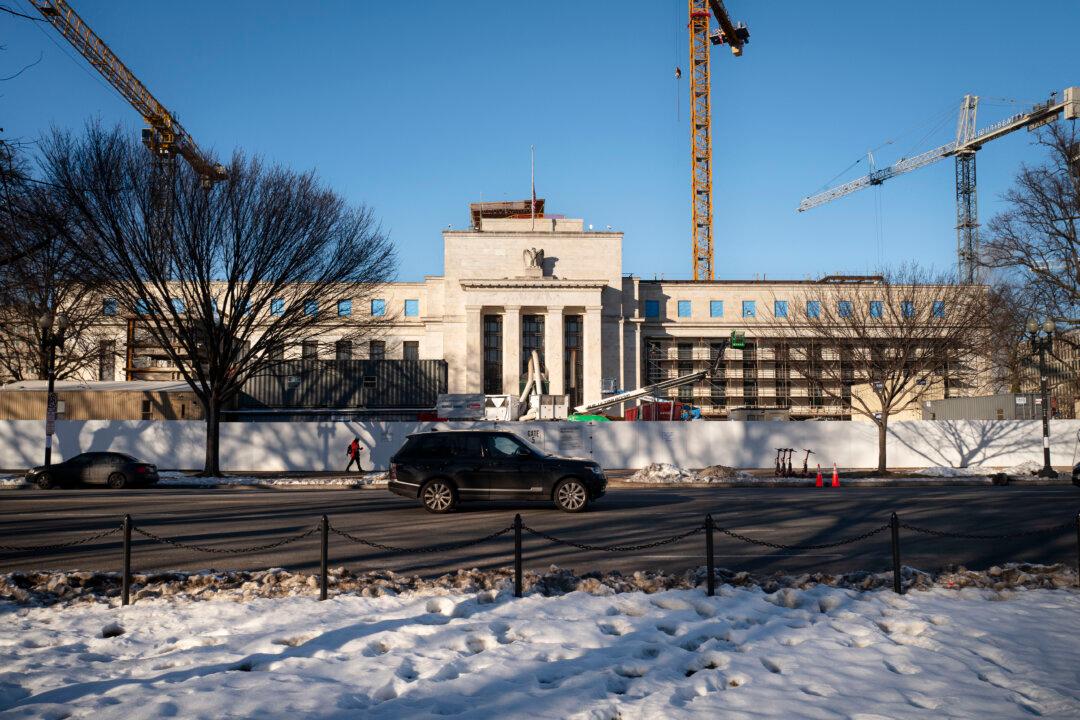The U.S. Federal Reserve announced hypothetical scenarios for the 2025 annual stress tests for banks to analyze how well they fare in adverse economic conditions. The 22 institutions, subject to the test, are slated for a less severe scenario test this year than the prior year.
The Fed’s annual stress tests evaluate the resiliency of large banks in hypothetical recession scenarios. Specifically, they check whether these institutions are sufficiently capitalized to absorb losses when faced with unfavorable conditions while, at the same time, able to meet their obligations. The test helps ensure that large banks are in a position to continue lending to consumers and businesses under severe economic recession. On Feb. 5, the Fed released its hypothetical scenarios for the 2025 annual stress test.





